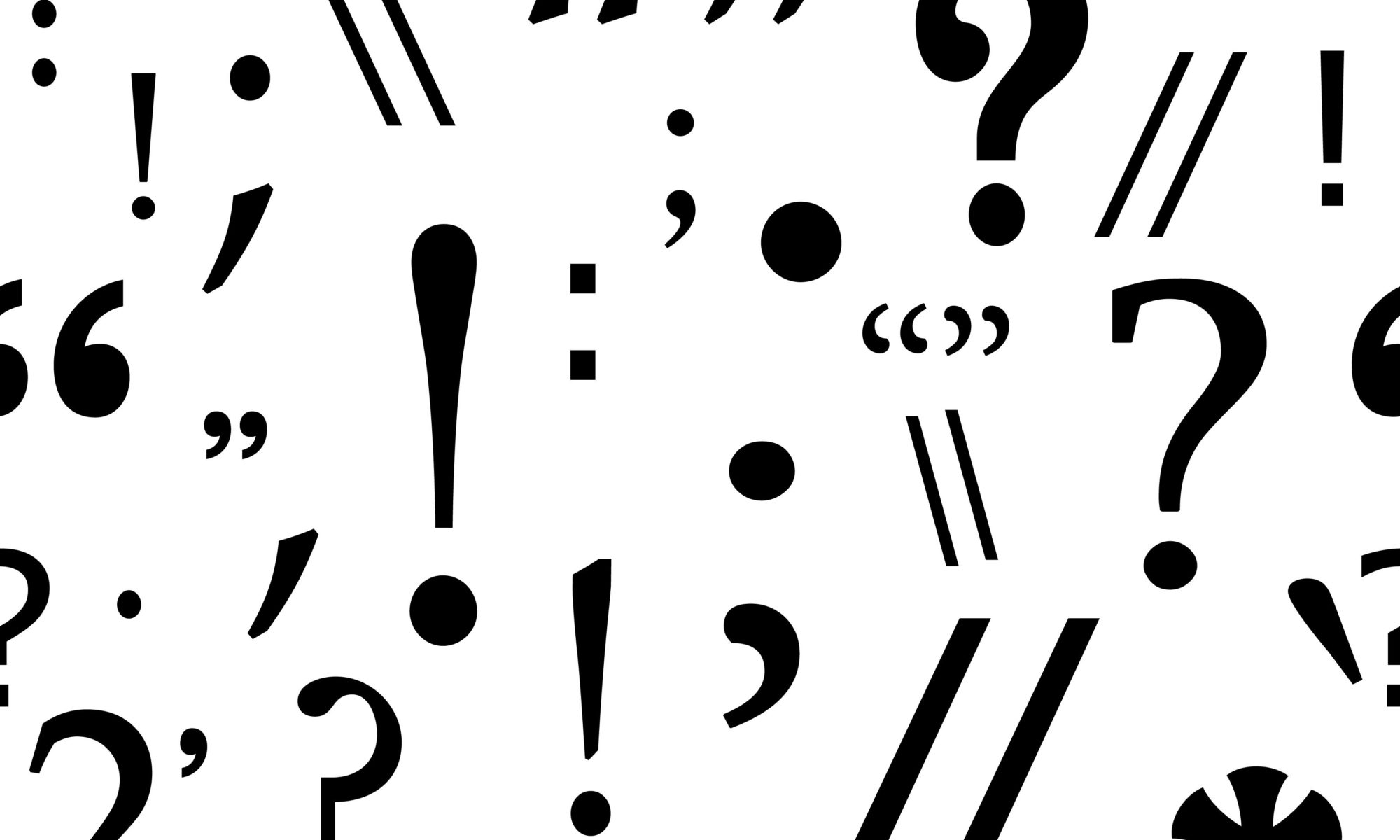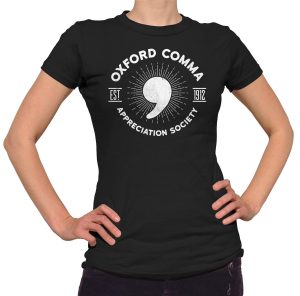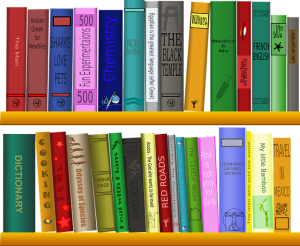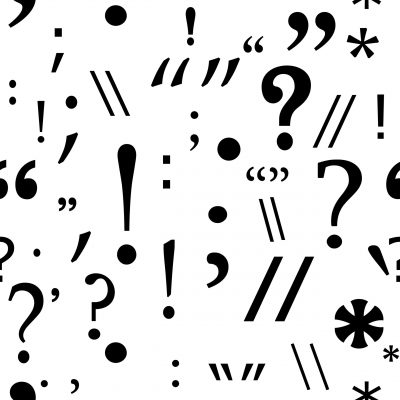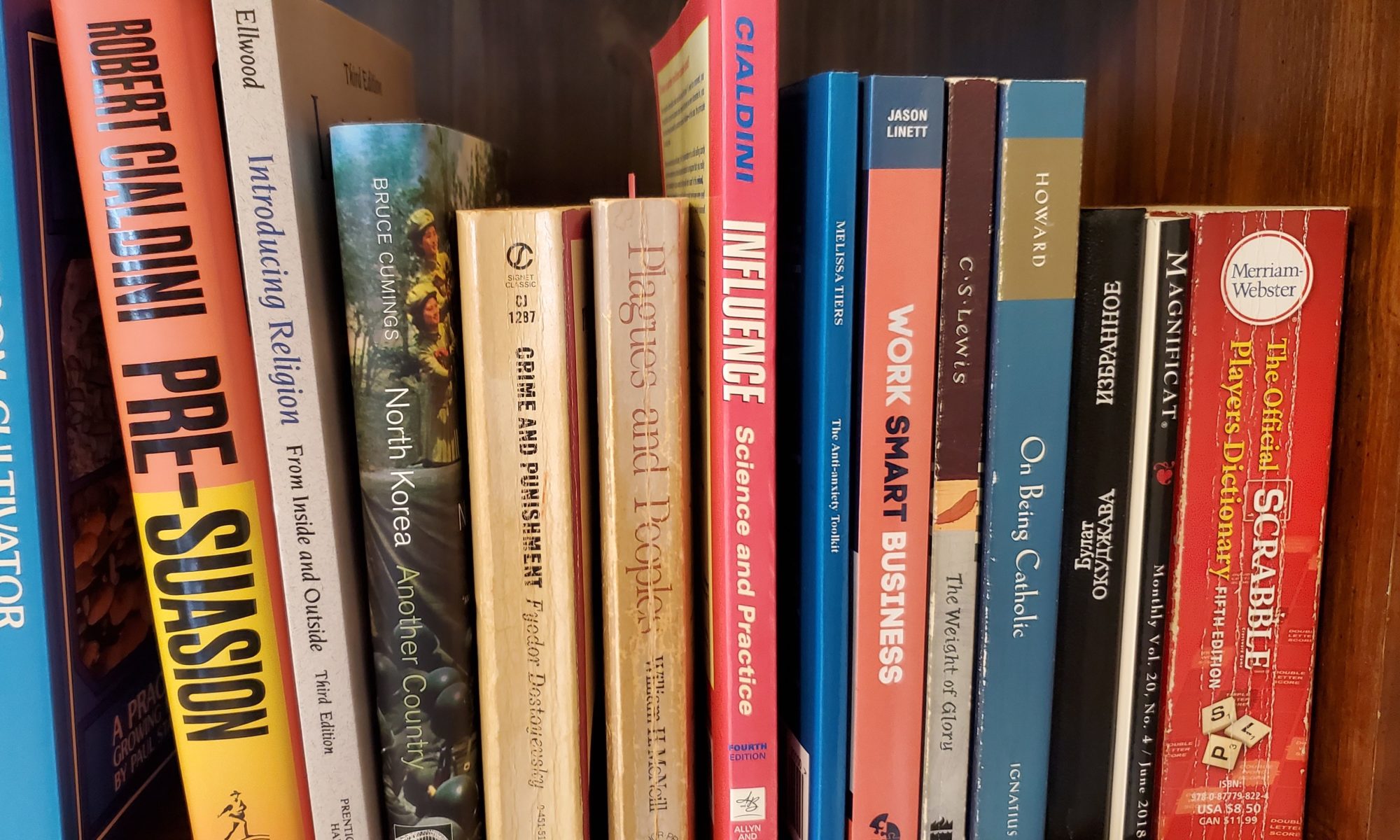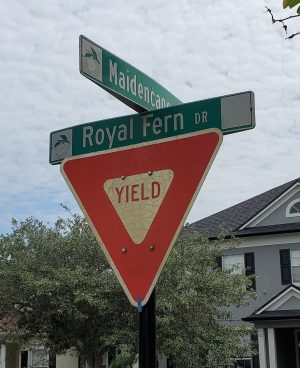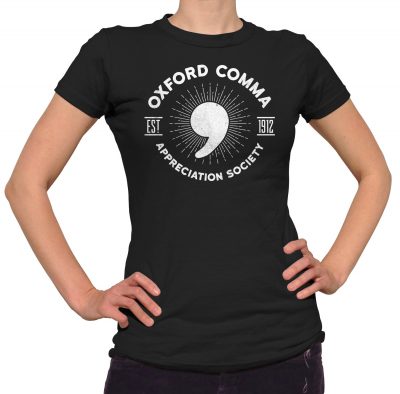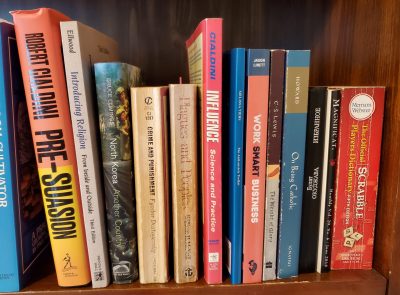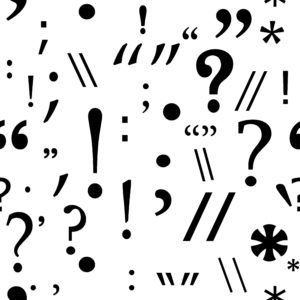
Now that it’s October, in most parts of the country autumn has well and truly set in. But here in Florida, although it’s cooled down a bit, it’s definitely still grilling weather. I don’t know exactly what our neighbors were cooking last Sunday afternoon, but it smelled wonderful.
As I sat on our patio getting hungrier with each passing minute, my brain started searching for the right noun to describe the mouth-watering breezes tickling my nose and my appetite. I mentally ran through a list:
Odor…scent…fragrance…smell…finally I came up with a word that satisfied me: aroma.
Then I had to go back and figure out what was not quite right about those other words I’d considered. Odor seems mostly negative—maybe it’s the association with the phrase body odor. Scent wasn’t bad, although it could make you think of a bloodhound tracking something. Fragrance was a bit better since it’s more positive, but I associate that word more with non-food-related pleasant smells such as flowers and perfume.
Smell is kind of a funny word. It seems like it should be fairly neutral, yet if you sniff the air and ask, What’s that smell?, it usually implies that the smell is bad or at least unexpected or strange in some way. But you can modify it to express that it’s a good smell or even, like my neighbors’ dinner, a wonderful smell.
The word I finally settled on, aroma, fit the bill because it’s generally used to describe pleasant smells, usually in connection with food. A few days ago in my reading I came across a reference to the aroma of flowers, and it sounded just wrong to me.
Now your mileage may vary; maybe these words have different nuances for you. But the point is to think carefully about the words that you choose, especially when describing subjective experiences such as sensory or emotional states. You can consult a dictionary of course, but usually a better bet is to run them past your friends and family (which is exactly what I did in writing this post).
Sometimes the difference between words can be subtle but powerful. Consider this sentence that I recently edited for a friend who is a hypnotist. Originally it read:
Bad habits are easier to break if you use the power of your subconscious mind.
I changed it to:
Bad habits are easier to break when you use the power of your subconscious mind.
Changing just that one small word—if to when—drastically alters the implications of the sentence. The word if suggests that the reader might not be able to tap into the power of the subconscious, whereas when is much more confident that the reader will be able to do so and, consequently, be able to make the positive changes that he or she is seeking.
And on a humorous note, check out this amusing explanation about the distinction between complete and finished!
Do you agree with my assessment of odor, scent, fragrance, smell, and aroma? Does the aroma of flowers sound strange to you, too? What other clusters of words with subtle shades of meaning have you encountered in your reading or writing? Please share your thoughts or any questions below!








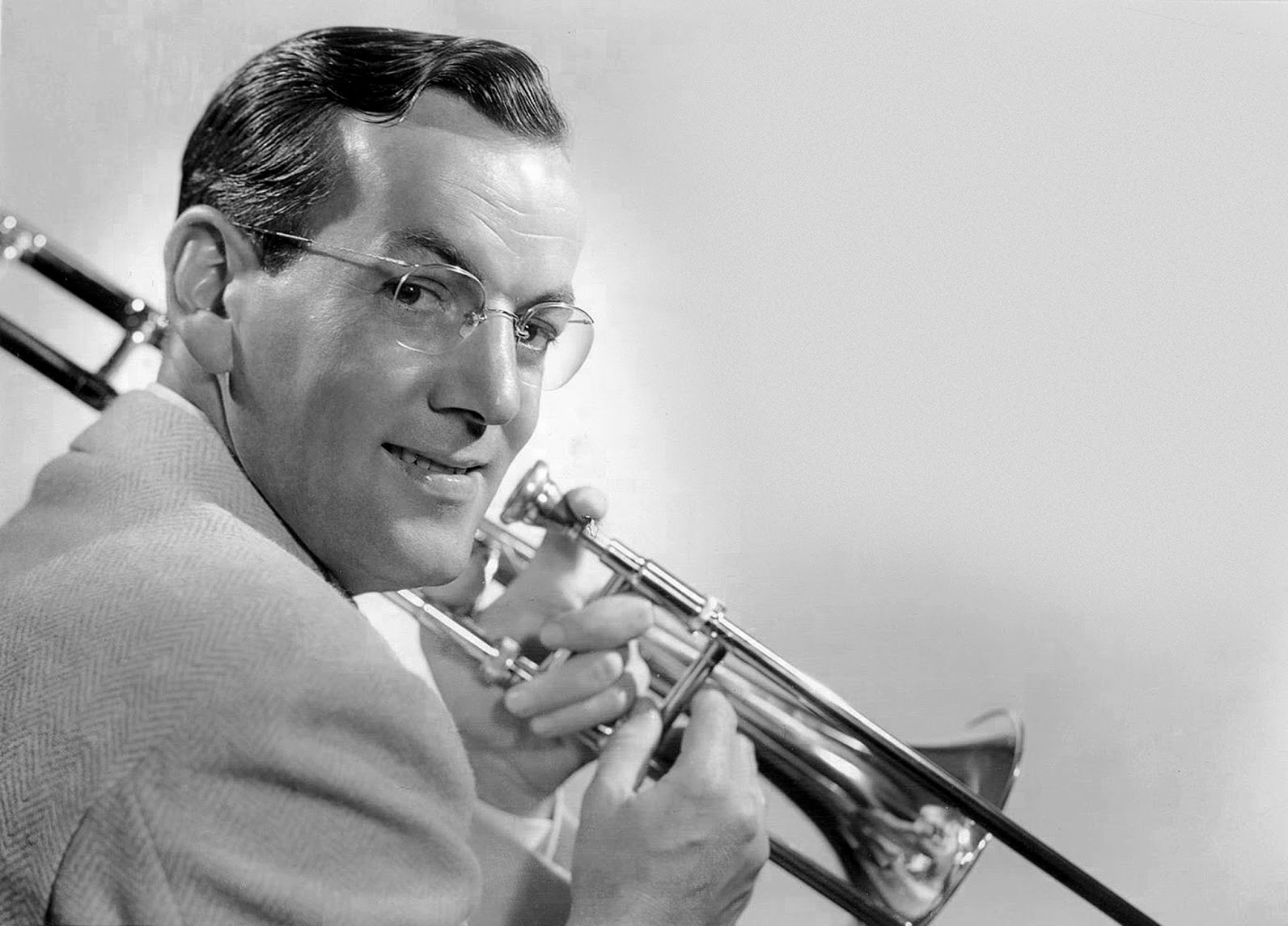

 for these verb forms. Do these examples sound natural to you? If not, what do you usually tend to say? Feel free to comment below–let’s get a discussion going!
for these verb forms. Do these examples sound natural to you? If not, what do you usually tend to say? Feel free to comment below–let’s get a discussion going!